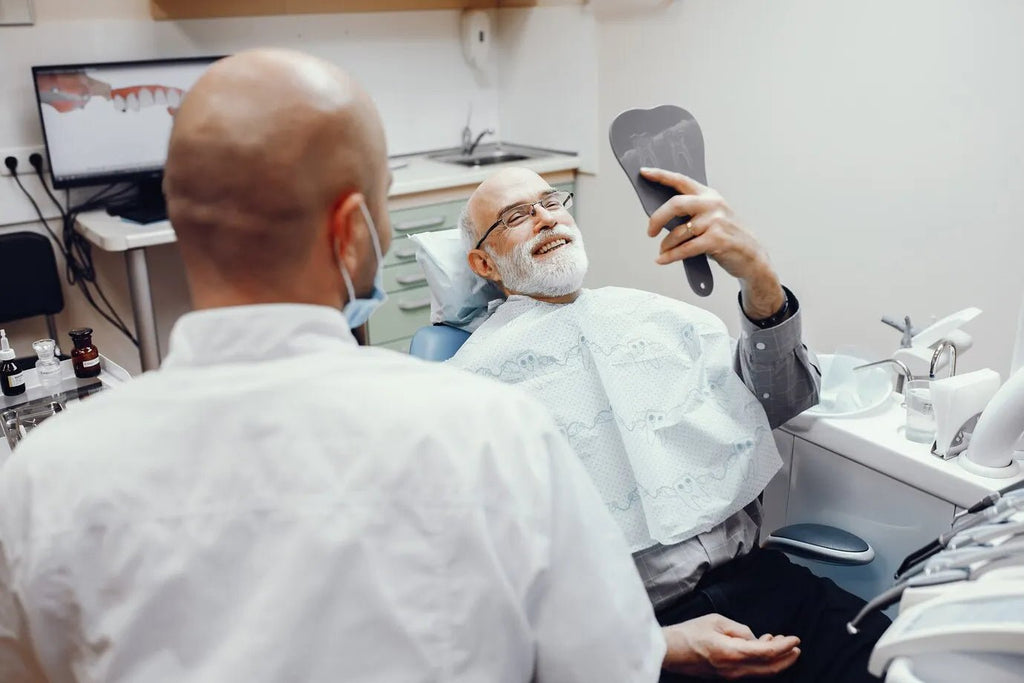
Dental Explorers vs. Modern Technology

Dental Explorers vs. Modern Technology: Do We Still Need Them?
Have you ever wondered how dentists find tiny cavities before they become big problems? Traditionally, they have used a dental explorer, a small metal tool that helps detect tooth decay by feeling for soft spots. But now, with modern dental technology, tools like digital scanners and lasers are changing how dentists check for cavities.
So, does that mean the dental explorer is outdated? Or is it still an important tool? Let’s break it down in simple terms. Explore here the complete guide of dental explorers including types and uses.
What is a Dental Explorer?
A dental explorer is a thin, pointed instrument that dentists use to examine teeth. When they move it over your teeth, they can feel rough areas, small holes, or sticky spots that could be early signs of decay. There are different types of explorers, such as:
· Straight Explorer: Used for checking smooth surfaces of teeth.
· Shepherd’s Hook Explorer: The most common type, shaped like a hook, used for detecting cavities.
· Pigtail Explorer: Has a curved shape, often used for checking between teeth.
This tool has been a staple in dentistry for decades, but new technology is bringing more advanced ways to find cavities. Check out here the CaresWorth Dental Explorers for professionals.
Modern Technology in Dentistry
With advancements in dental care, new tools have been developed to detect cavities more accurately and reduce patient discomfort. Some of these include:
· Laser Cavity Detection: Uses light to find decay early without touching the tooth.
· Digital X-Rays: Provides clear images of teeth to detect hidden cavities.
· Intraoral Cameras: Small cameras that show detailed images of teeth on a screen.
These tools help dentists see more than what’s visible to the naked eye, but do they completely replace the traditional dental explorer?

Dental Explorers vs. Modern Technology – A Quick Comparison
|
Feature |
Dental Explorers |
Modern Technology |
|
Accuracy |
Good, but depends on skill |
Highly precise |
|
Early Detection |
May miss tiny cavities |
Detects small decay easily |
|
Cost |
Low-cost and widely used |
Expensive equipment |
|
Patient Comfort |
May feel uncomfortable |
Non-invasive and painless |
|
Availability |
Found in every clinic |
Not every clinic can afford |
While modern technology improves accuracy, dental explorers still play a vital role in everyday dentistry because they are easy to use and affordable for all clinics.
Do We Still Need Dental Explorers?
The short answer is Yes. Here’s why:
· They provide direct feedback: Dentists can physically feel cavities.
· They are cost-effective: Small clinics might not afford expensive technology.
· They work alongside technology: Many dentists use both explorers and modern tools for the best results.
However, technology is revolutionizing dentistry by offering more accurate, painless, and faster diagnosis options. Many dentists use a combination of both for better patient care. At CaresWorth we offer high-quality dental explorers you can check it now for the bulk orders across North America.
The Future of Dentistry, a Balanced Approach
Instead of replacing dental explorers, the future of dentistry combines traditional tools with modern technology. A dentist may start with an explorer for a quick check and then use digital tools to confirm findings.
Example: A dentist detects a rough spot using a shepherd’s hook explorer and then confirms it with an intraoral camera or digital X-ray.

Conclusion
While modern dental technology is making diagnosis more accurate, dental explorers remain an essential tool. They are affordable, easy to use, and still effective for detecting cavities. The best approach is to use both traditional and modern tools together for the best dental care.
So next time you visit the dentist, don’t be surprised if they use it’s both a dental explorer and a high-tech scanner, all part of keeping your smile healthy!
Related Blogs:
· Types of dental explorers and their uses a complete guide.
· What instruments must a dentist have for a basic dental exam?
· Latest innovations in dental diagnostic instruments in 2025.













